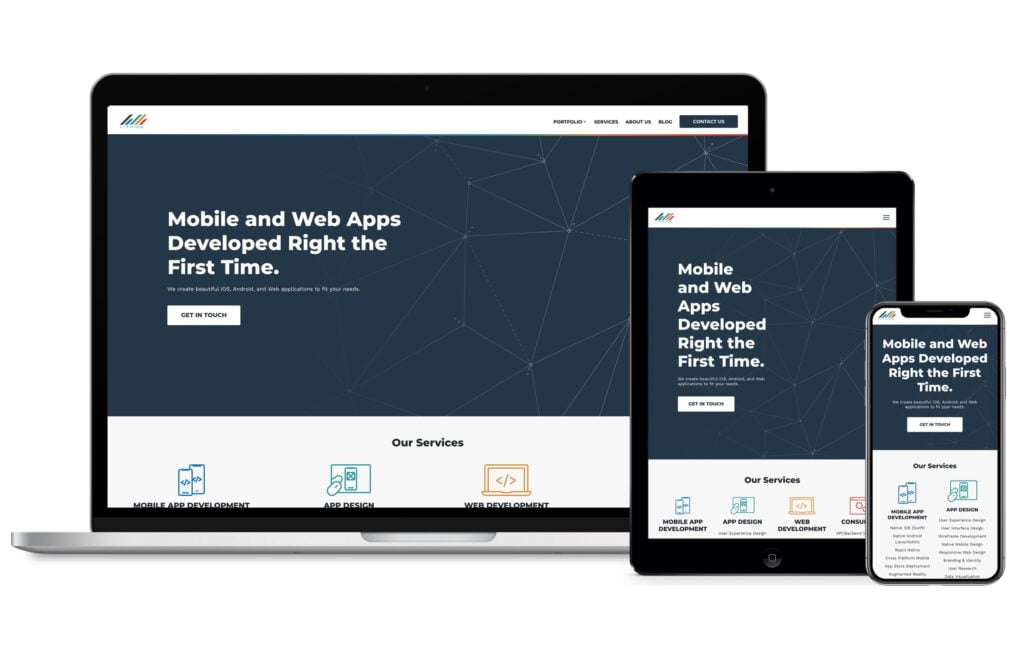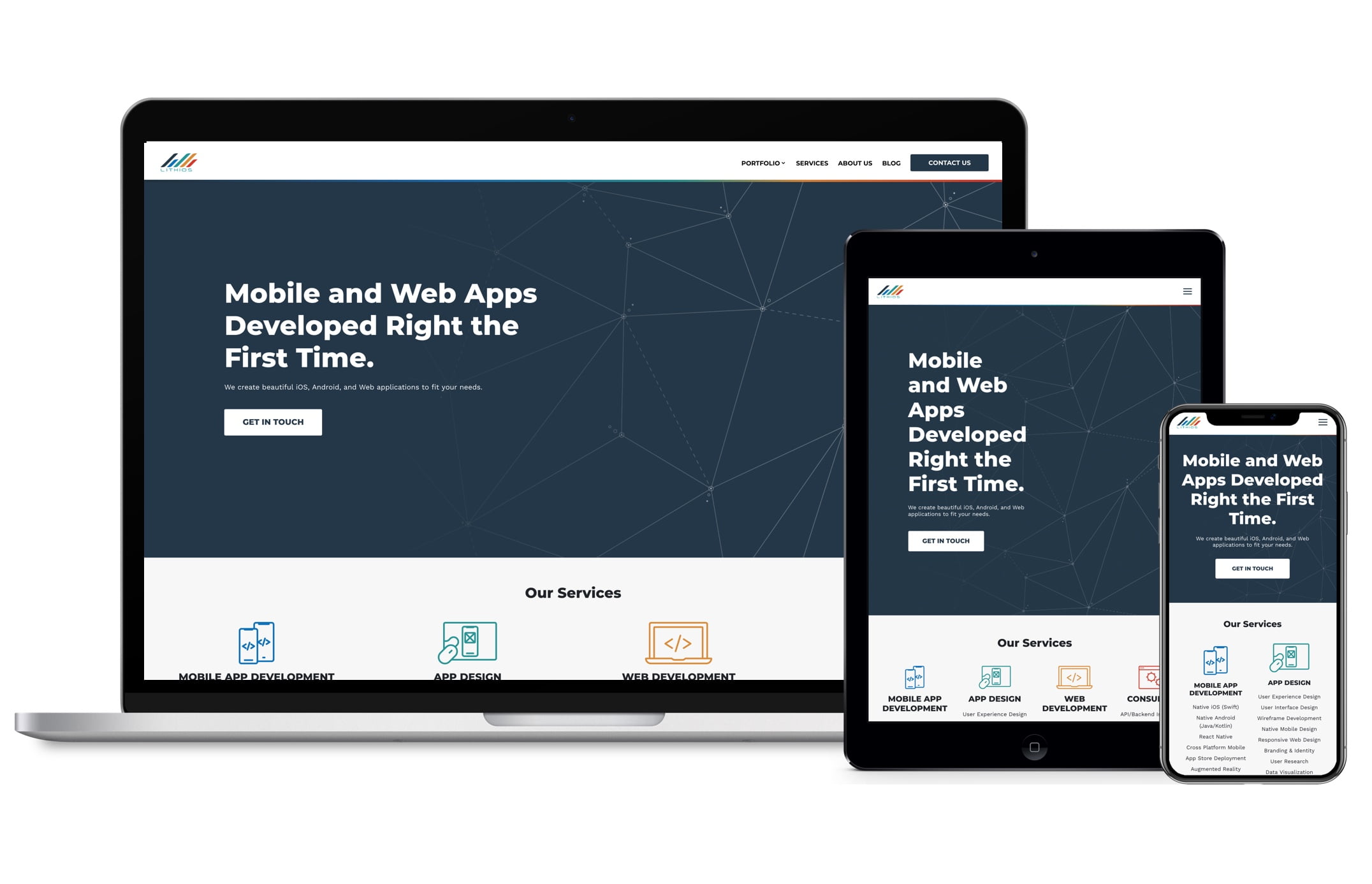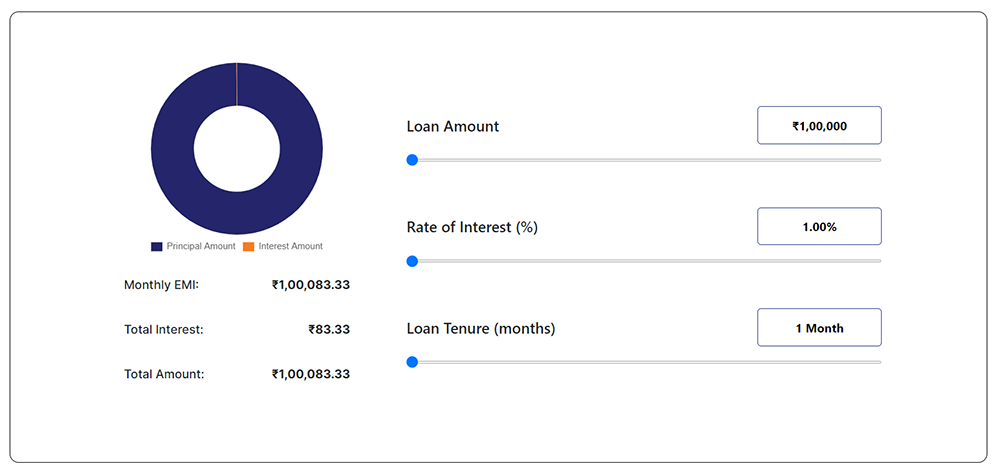Crafting a Simple Responsive Website In our digital era, establishing an online presence is paramount for individuals and businesses alike. Whether you’re a budding entrepreneur, a passionate blogger, or an aspiring artist, creating a simple responsive website can be a powerful tool to connect with your audience. While the world of web development might seem daunting, you don’t need to be a coding expert to create a website that resonates with your visitors. In this comprehensive guide, we’ll walk you through the process of crafting a basic responsive website using HTML and CSS, all while keeping SEO best practices in mind.
Understanding the Significance of Responsive Website:
Responsive design lies at the heart of every successful website today. It ensures that your website not only looks appealing but functions seamlessly across an array of devices and screen sizes. In an age where mobile devices dominate internet usage, a responsive website is a non-negotiable aspect of providing an optimal user experience. By utilizing HTML and CSS, we can create a foundation that adapts fluidly to various platforms.

Step 1: Project Initialization and Structure:
Begin by setting up a dedicated project folder on your computer. Inside this folder, create three essential files: index.html, style.css, and a subfolder named images for storing any visual assets you intend to use.
Step 2: Constructing the HTML Framework:
Open the index.html file in your preferred text editor and start by building the fundamental HTML structure:
<!DOCTYPE html>
<html lang="en">
<head>
<meta charset="UTF-8">
<meta name="viewport" content="width=device-width, initial-scale=1.0">
<link rel="stylesheet" href="style.css">
<title>Your Website Title</title>
</head>
<body>
<header>
<nav>
<ul>
<li><a href="#">Home</a></li>
<li><a href="#">About</a></li>
<li><a href="#">Services</a></li>
<li><a href="#">Contact</a></li>
</ul>
</nav>
</header>
<section class="main-content">
<h1>Welcome to Our Website</h1>
<p>Explore our incredible range of services and products.</p>
</section>
<footer>
<p>© 2023 Your Website. All rights reserved.</p>
</footer>
</body>
</html>
Step 3: Styling with CSS – Elevating Visual Appeal:
Now, open the style.css file and begin adding styles to enhance the visual aesthetics and responsiveness of your website:
/* Resetting default styles */
body, h1, p {
margin: 0;
padding: 0;
}
/* Basic styling */
body {
font-family: Arial, sans-serif;
}
header {
background-color: #333;
color: white;
padding: 1rem;
}
nav ul {
list-style: none;
display: flex;
}
nav a {
text-decoration: none;
color: white;
margin: 0 1rem;
}
.main-content {
text-align: center;
padding: 2rem;
}
footer {
background-color: #333;
color: white;
text-align: center;
padding: 1rem;
}
/* Media queries for responsiveness */
@media (max-width: 768px) {
nav ul {
flex-direction: column;
text-align: center;
}
nav a {
margin: 0.5rem 0;
}
}
Step 4: Seamlessly Adapting to Different Devices:
To view the results of your efforts, open the index.html file in a browser. Witness how the website layout gracefully adapts as you resize the browser window, ensuring optimal user experiences on devices of varying dimensions.
Incorporating SEO Best Practices:
As you create your website, it’s crucial to consider SEO, or Search Engine Optimization. SEO ensures that your website ranks well on search engines, making it easier for users to discover your content. Implement the following SEO tags within the <head> section of your index.html:
<meta name="description" content="Explore our range of services and products at Your Website. Connect with us for an exceptional experience.">
<meta name="keywords" content="your keywords, separated, by, commas">
<meta name="author" content="Your Name">Additionally, make sure to assign descriptive alt attributes to your images, enhancing both accessibility and SEO.
Conclusion:
By following this guide, you’ve embarked on a journey to create a basic responsive website using the powerful combination of HTML and CSS. This website serves as your digital storefront, allowing you to showcase your offerings, talents, or thoughts to a global audience. With responsive design and SEO integration, you’re poised to establish a strong online presence that effectively communicates your message and values. As you continue your web development exploration, consider diving into more advanced techniques, transforming your website into a true online masterpiece. Your digital venture starts here – seize the opportunity to captivate the world with your unique online space.



